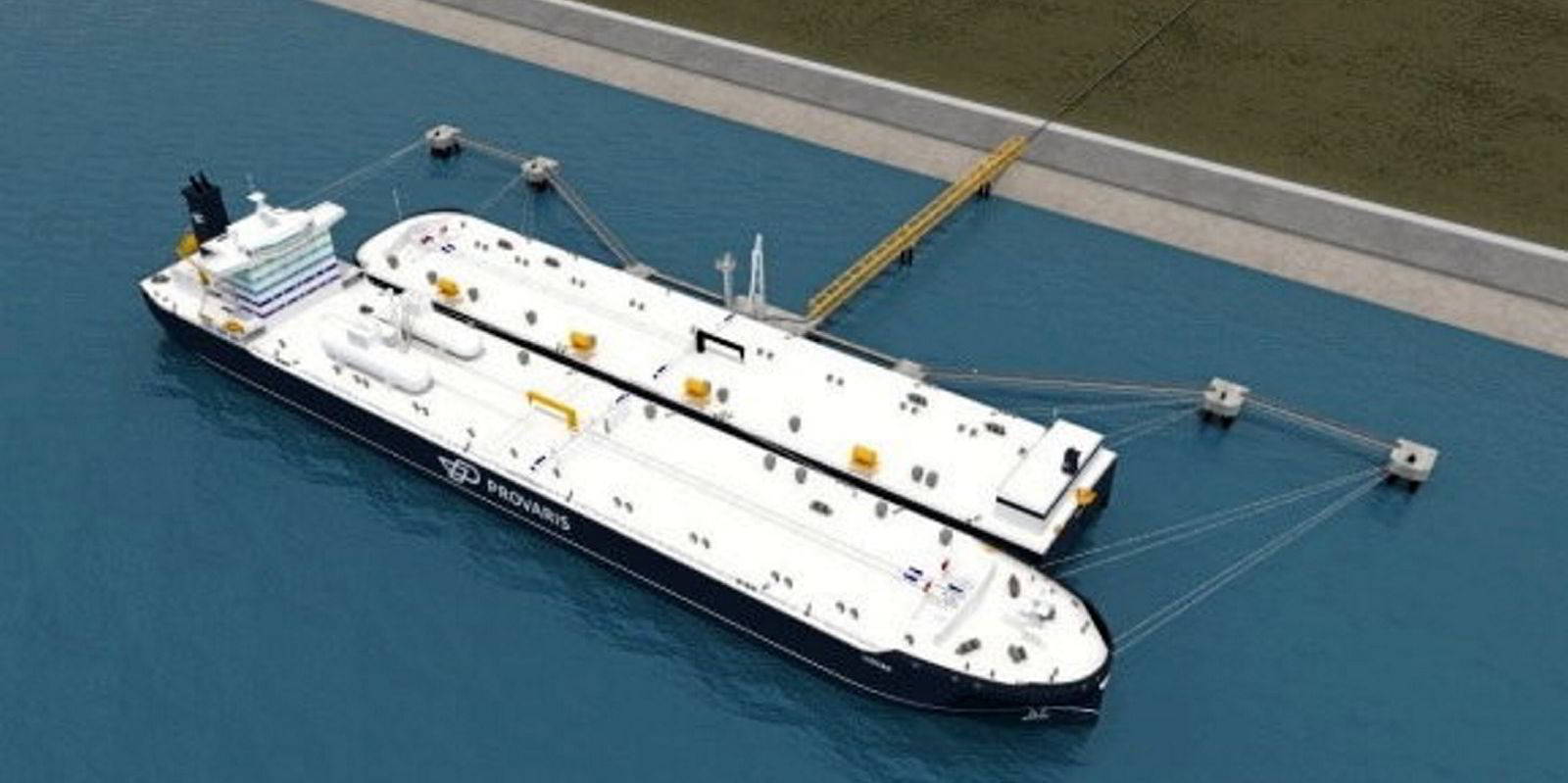Another day and yet another approval in principle (AiP) — this one related to a design for a liquefied hydrogen (LH2) carrier.
On Friday, DNV awarded the AiP to HD Korea Shipbuilding & Offshore Engineering and subsidiary yards for its new technology that will enable large-capacity hydrogen transportation and storage by around 2030.
The end of this decade seems to be the all-encompassing target across several development projects for putting a large-size hydrogen carrier into commercial operation.
But of all the alternative fuels and future products to produce them, LH2 and its shipment will likely require the most technical work, collaboration and expertise to translate into a reality.
DNV spelt out the first of these in its AiP announcement: “Efficient transport by ship faces a number of challenges, including the complexity of holding hydrogen at -253℃, some 100 degrees colder than LNG, at large scale.”
The Society for Gas as a Marine Fuel’s first publication on “Hydrogen as a marine fuel” states: “Storing hydrogen as a liquid requires deep cryogenics, much more so than nitrogen (-196℃) or LNG (-162℃).
French membrane-type cargo containment system designer GTT is working with energy majors Shell and Total on the design of LH2 carriers, specifically the cargo tanks for these vessels.
GTT chief executive Philippe Berterottiere also highlighted the extremely low temperature necessary to liquefy hydrogen.
“LNG is easy compared to that,” he said.
Berterottiere pointed out that the hydrogen molecule is “so light” that the cargo does not provide any load or stability for the ship so it is necessary to consider how to balance the vessel.
GTT inches forward on liquid hydrogen tank for next-generation carrier. He said GTT will need to build a mock-up of its proposed LH2 tank and test that, with particular attention to cargo boil-off.
He said GTT will need to build a mock-up of its proposed LH2 tank and test that, with particular attention to cargo boil-off.
In the quest to reach net zero, LH2 carrier projects are aiming to use the vessel’s cargo boil-off gas for the ship’s propulsion but these systems are not yet designed.
Berterottiere and others working on this new ship type said that shipping LH2 will also require a “whole new infrastructure” including efficient pipework and onshore storage.
For DNV’s AiP, Australia’s Woodside Energy is part of the collaboration. The company is already progressing with one hydrogen production project in Oklahoma in the US and has plans to follow this up with a string of other projects, with volumes targeted at potential buyers in Japan and South Korea.
Speaking at Gastech 2023, Woodside Energy vice president for new energy solutions Jason Crusan admitted that the largest liquefiers in existence today are 30-tonne-per-day (tpd) units.
He said to get to export capacity, these will need to be scaled up to 150 tpd, 300 tpd or 500 tpd units — but he was optimistic that this could be achieved over time.
Problem solvingFor shipping, Crusan said he has “high confidence” that designers in Japan and South Korea — who he described as already well-progressed in their hydrogen ship designs — will “do for us what they did for us in the LNG industry and make that happen”.
He admitted that there are technological issues — briefly dropping in a reference to cryogenic pumps without elaborating — but said he believes all these can be solved in the next five to six years.
Others working on LH2 carriers are more cautious questioning whether all the pieces of the hydrogen supply chain can be put in place to be ready at the same time.
Kawasaki Heavy Industries, as part of the Hydrogen Energy Supply-chain Technology Research Association or HySTRA, built the world’s first pilot LH2 carrier, which has shipped two trial cargoes from Australia to Japan.
The shipbuilder, which has parked its LNG carrier construction to concentrate on hydrogen business, is now working on a 160,000-cbm LH2 carrier in a project supported by the Japanese government.
The project is at the front-end engineering and design phase with a target to put a commercial vessel into operation by the end of the decade.
KHI officials at Gastech said the project will also involve building a commercial supply chain from Australia to the Kawasaki area, where a 50,000-cbm storage tank will also be constructed, and a second to the Kansai region in collaboration with utility Kansai Electric Power Co.Building the large-size LH2 carrier will involve scaling up the technologies developed for the pilot ship, the officials said.
“There are many challenges,” one said. But he added: “We believe we can solve this.”




